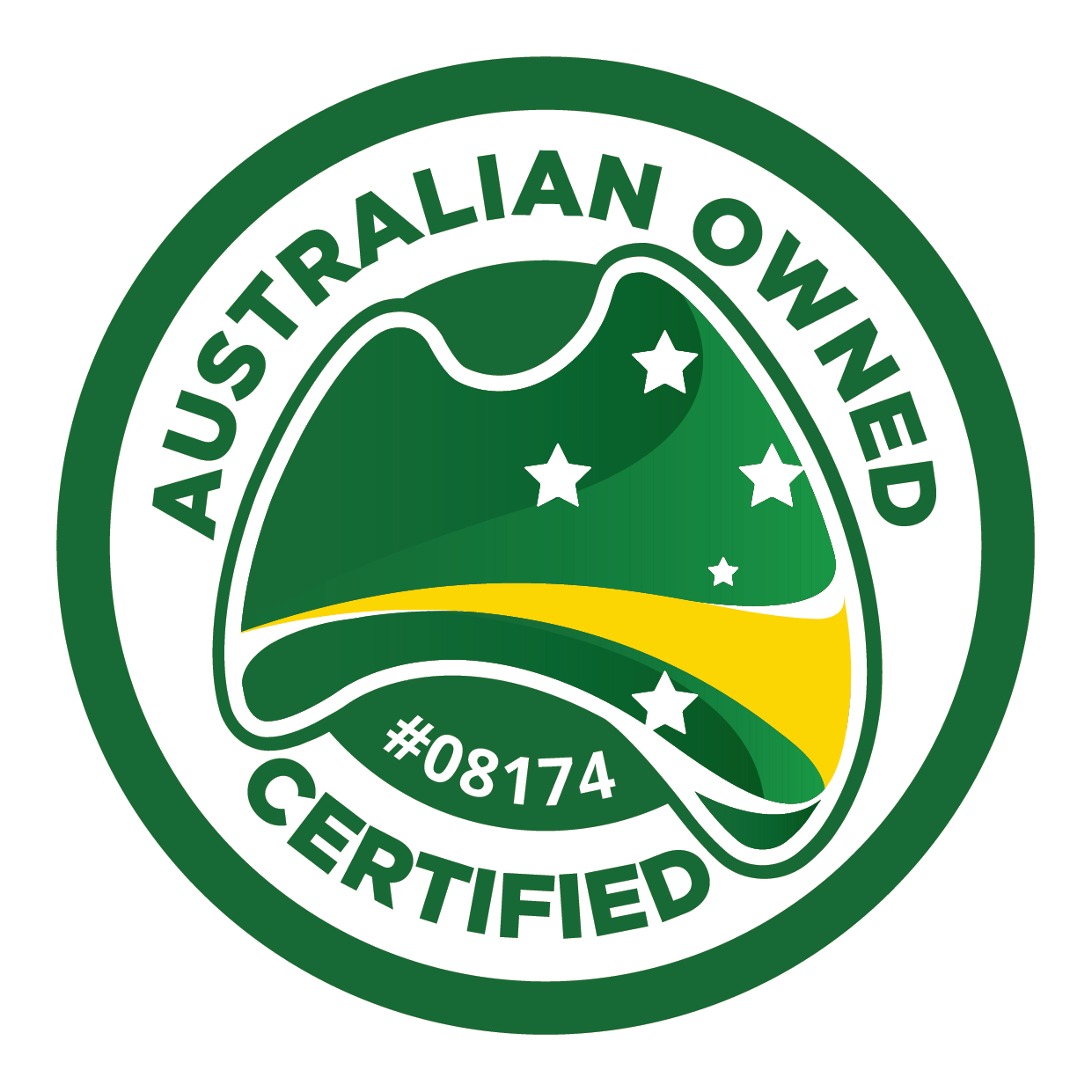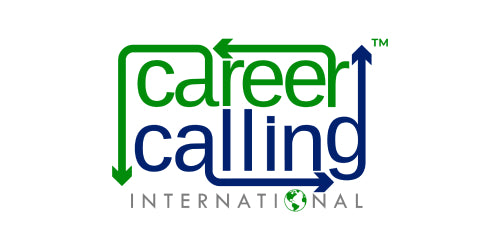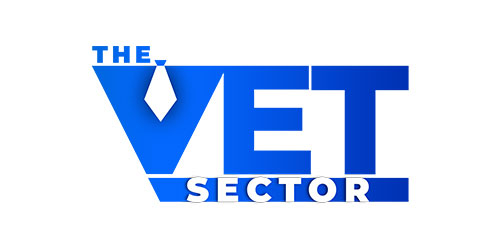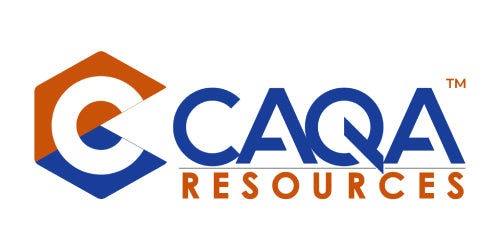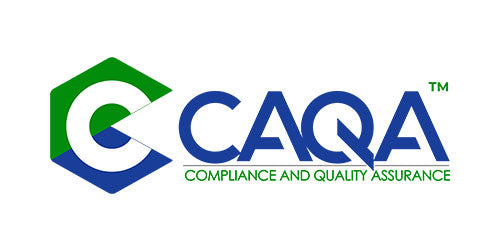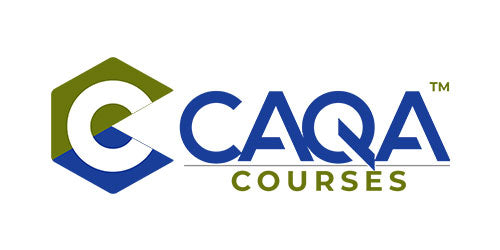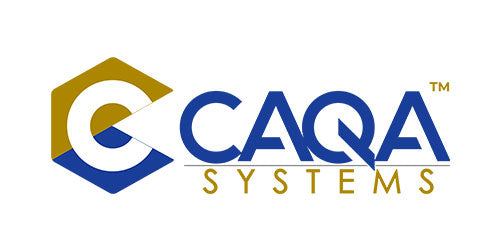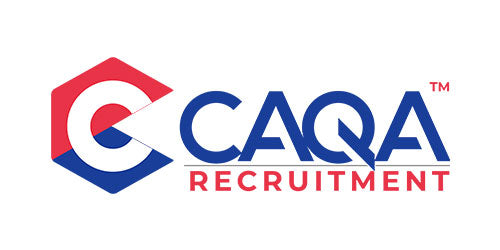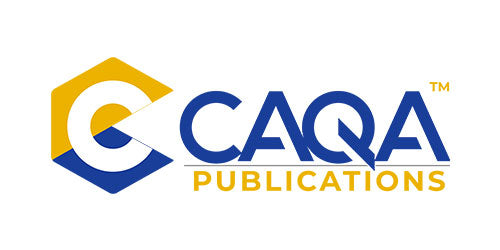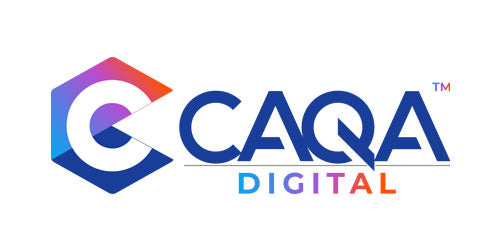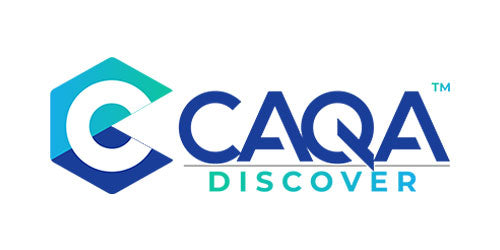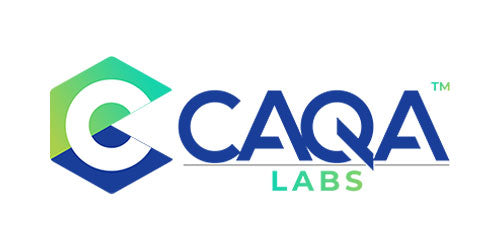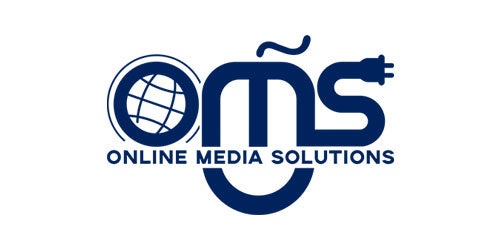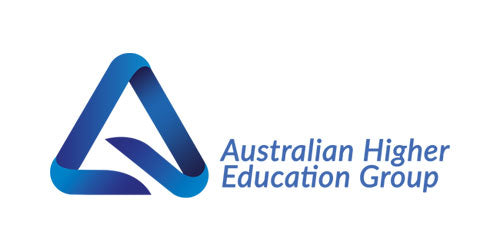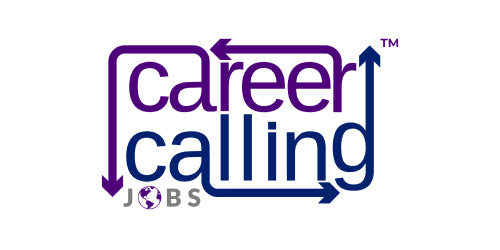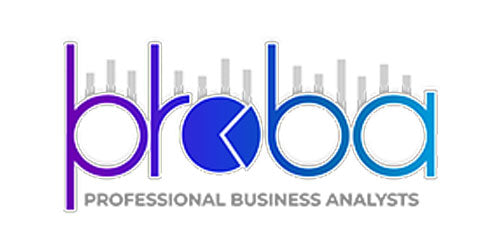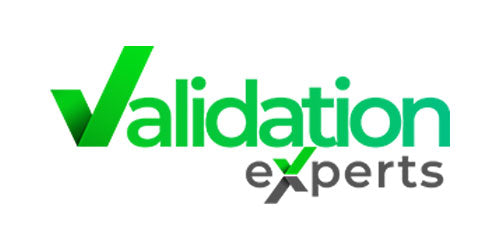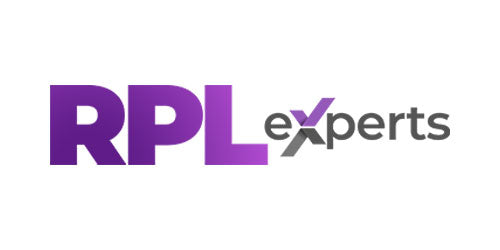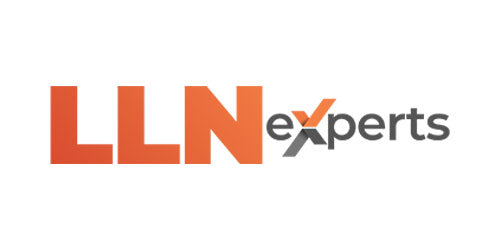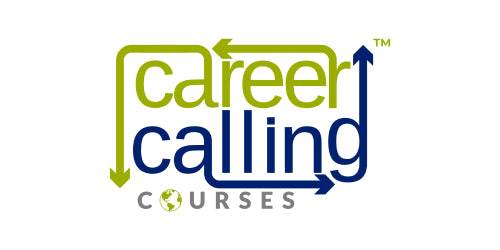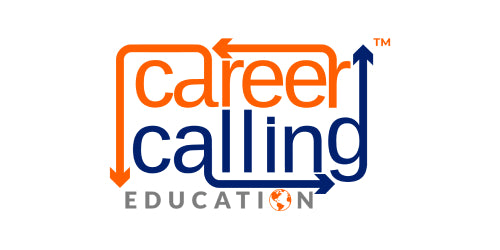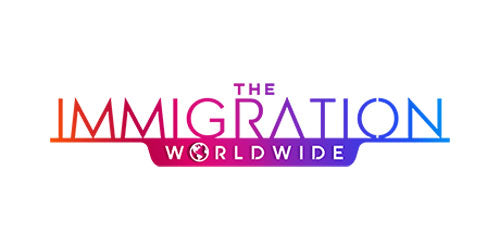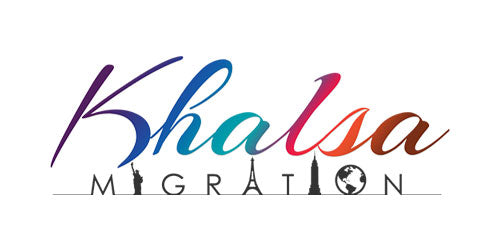Introduction
The concept of Competency-Based Training (CBT) and Competency-Based Assessment (CBA) isn't entirely new in Australia. It gained traction after pivotal moments like the Australian tripartite mission in 1987 and various publications. However, its roots can be traced to traditional models like the Instructional Systems Model. In today's Vocational Education and Training (VET) sector, CBT and CBA have become fundamental in ensuring the quality and applicability of education and training.
What is Competency-Based Assessment (CBA)?
CBA is an assessment approach used extensively within the VET sector to evaluate a learner's practical skills and theoretical knowledge based on industry standards. Scoring a "Competent" in a VET assessment implies the candidate possesses the skills and knowledge required for a specific occupation to an industry-accepted standard.
What is Competency-Based Training (CBT)?
CBT is a learner-focused instructional method that stresses skill acquisition and competency achievement rather than comparative performance. Learners progress based on their attainment of industry-defined standards, irrespective of the time spent in training.
Why Use CBA and CBT in VET?
Alignment with Workplace Needs: Both ensure that students gain relevant, practical skills directly related to their future careers.
Individualised Learning: The approach allows for flexibility, enabling students to move at their own pace.
Student Ownership: The approach gives students a greater stake in their own learning, helping them become more engaged and responsible.
Key Features of CBA
Observable Behaviours: The focus is on what a candidate can demonstrably do, not just claim to do.
Performance-Based: Candidates are assessed against specific criteria, not just task completion.
Objective Evaluation: Independent observers, rather than singular opinions, measure performance.
Preparing for CBA
- Understand the format and criteria.
- Familiarise yourself with the skills and knowledge to be assessed.
- Practice under similar conditions to reduce test-day stress.
Benefits
- Fairness and consistency
- Flexibility and adaptability
- Clear feedback mechanisms
- Accurate information about student capabilities
- Potential for social mobility and economic growth
FAQs:
1. What is Competency-based Assessment (CBA)?
CBA is an evaluation method used in the VET sector to measure students' skills and knowledge against industry-specific standards. A "Competent" score indicates mastery of the necessary skills for a particular job role.
2. What is Competency-based Training (CBT)?
CBT is an instructional strategy that emphasises individual learners achieving predefined competencies. It allows learners to progress at their own pace once they've attained a particular skill level.
3. What are the benefits of Competency-based Assessment and Training?
The benefits include alignment with industry standards, individualised learning paths, and fair, consistent assessments. They help improve teaching and learning outcomes, contribute to economic growth, and promote social mobility.
4. How do Competency-based Assessment and Training differ from traditional methods?
Unlike traditional methods that may focus on grades or test scores, CBA and CBT focus on the acquisition and demonstration of specific skills and knowledge. Evaluation is based on objective criteria and observable behaviours.
5. How is Competency-based Assessment and Training used in the workplace?
In the workplace, CBA can serve as a reliable tool for employers to gauge the skills and capabilities of potential hires or current employees. Similarly, CBT can be employed for workforce development, ensuring that employees acquire the requisite skills for job roles or promotions.
Suggested Read: CAQA Resources' Approach to Developing Assessment and Learner Resources









